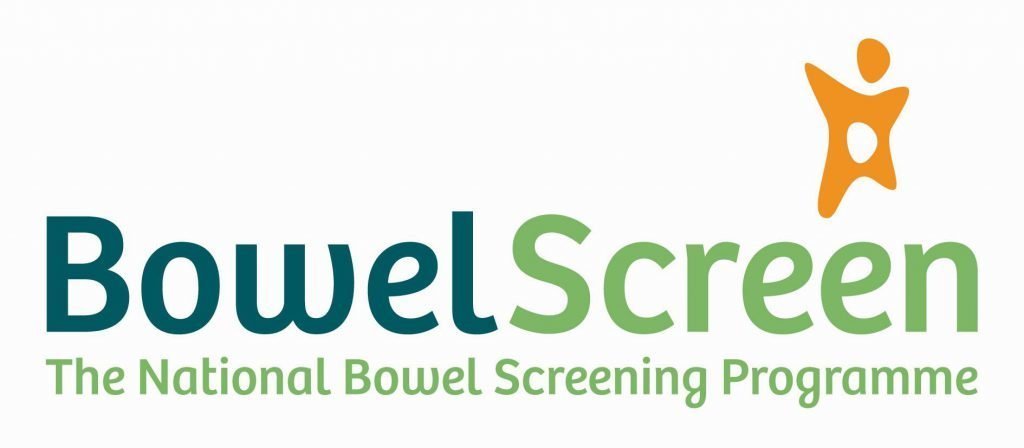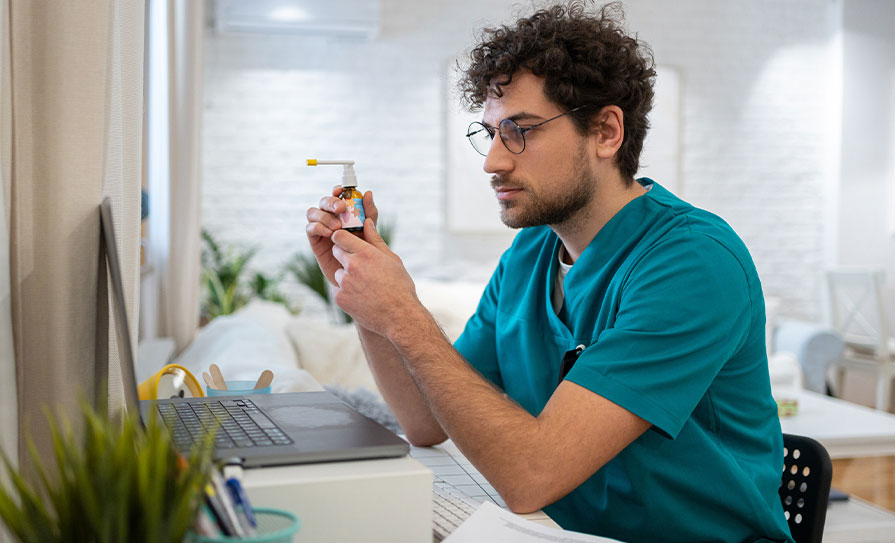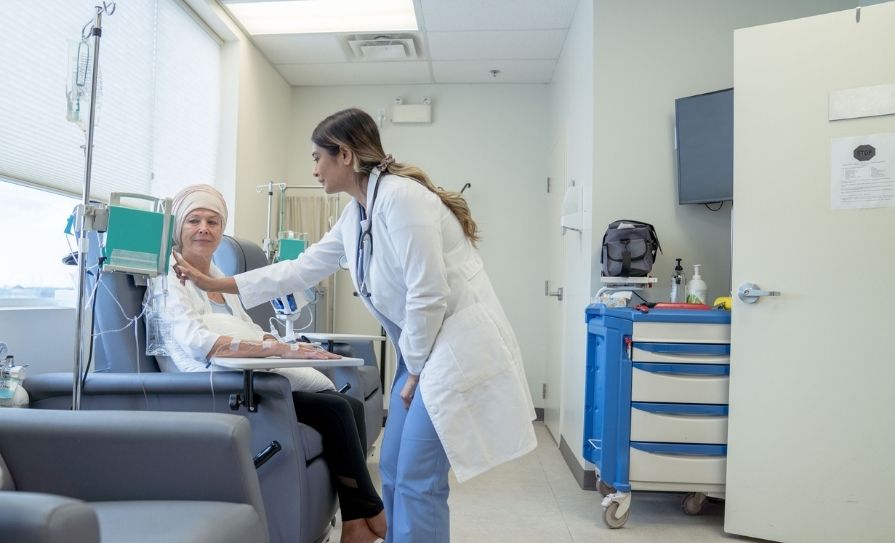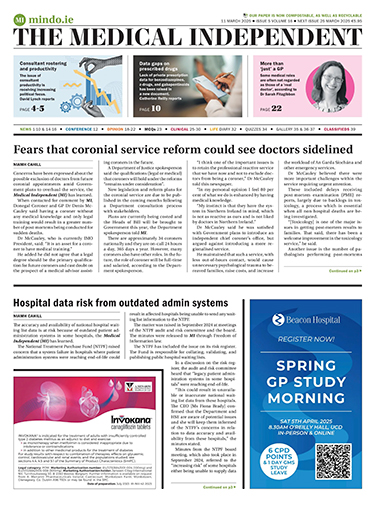The clinical leads in some BowelScreen units “ceased reviewing” photographic evidence of colonoscopies having questioned its “validity” as a performance measure and whether the practice “exposes the sites medico-legally”.
The matter was noted at BowelScreen’s clinical advisory group (CAG) on 20 July 2020 during a discussion on updates to a guidance document on “possible colonoscopy underperformance”, according to minutes obtained by the Medical Independent (MI) under Freedom of Information law.
One of the key performance indicators (KPIs) for colonoscopy practice is the caecal intubation rate (CIR) as high CIRs are associated with less interval cancers.
A minimum quality standard for colonoscopists is a CIR of 90 per cent “with photographic evidence”, according to BowelScreen’s Guidelines for Quality Assurance in Colorectal Screening.
“The CIR is a marker of full colonoscopy; when supported by the other performance measures, it contributes to a high-quality, patient-centred outcome. Photographic evidence of the ileo-caecal valve (ICV), the terminal ileum or the appendix orifice must be available to support completion of a colonoscopy,” according to the guidance document.
A spokesperson for the HSE told MI the BowelScreen programme “no longer requires the clinical leads to review the photographs. This practice is in line with the National GI Endoscopy Quality Improvement (NEQI) Programme.” The CAG committee “is satisfied that the data obtained will be satisfactory in monitoring individual endoscopists’ CIR”.
Separately, at the same CAG meeting in July 2020, Clinical Coordinator at BowelScreen Ms Caroline Meade reported that two sites – Mater Misericordiae University Hospital, Dublin, and St Vincent’s University Hospital, Dublin – had “ceased submitting CIR data”.
“Measurement of the CIR is included in the QA [quality assurance] standards so any changes in the reporting of this data will affect the programme’s ability to report on the KPI,” stated the minutes. CAG Chair Prof Padraic MacMathuna would “flag the issue” with the two hospitals, recorded the minutes.
At the CAG meeting in September 2020, a further discussion took place on reporting CIR data, with reference to the format for submission and “the burden it places on units”.
“It was proposed that the programme would utilise data collected as part of NQAIS [National Quality Assurance Intelligence System] to monitor CIR data. The QA standard relating to CIR needs to be considered in any change and may require possible re-wording. The data collected would be from the overall endoscopists’s caseload, symptomatic and BowelScreen.”
According to the HSE, the CAG has agreed that the CIR data from the NQAIS/hospital endoscopy recording systems should be submitted by the clinical lead in each unit.













Leave a Reply
You must be logged in to post a comment.